Holodomor: How Stalin Starved Ukraine to Death
Meaning “death by starvation”, the Holodomor was a 1930s famine organized by Soviet leader Joseph Stalin that killed millions of Ukrainians but was kept secret for decades.
August 25, 2022
On February 24, 2022, Russia launched an invasion of Ukraine, setting off a war that has been going on for six months as of August 25. Following the increasing tensions from the annexation of Crimea in 2014, the struggle between Russia and Ukraine may seem like a very recent event. Yet conflict started brewing between these two nations almost a century ago when Stalin engineered a famine estimated to have killed millions of Ukrainians.
In 1922, after the fall of the Russian empire, Ukraine merged with 14 other republics to form the Soviet Union. Much like today, Ukraine was known then for its farmland. With some of the richest soil to produce massive amounts of grain, it gradually became the “breadbasket of the Soviet Union” and the large population of Ukrainian farmers began developing a unique cultural identity. Fearing a potential Ukrainian revolution, Joseph Stalin began taking extreme measures to gain complete control over Ukraine and its agriculture.
Around this time, Stalin also introduced a “Five Year Plan” in hopes of rapidly industrializing the USSR. Funding this project required Stalin to begin “collectivization”, the combination of several individual farms into bigger state-run farms, and under this plan, Stalin could gain full access to grain production, take all the crops, and sell them to the West to fund the industrialization of the USSR. Ukrainian farmers therefore strongly refused the plan, as they had worked the land for their entire lives and had no plans of giving it up. In response, Stalin labeled these farmers as “kulaks”(rich, greedy peasants) through mass propaganda to justify exiling, imprisoning, and executing many of them. Meanwhile, he also organized a famine to starve the remaining farmers to death in what is known today as the Holodomor.
In 1931, Stalin intentionally set quotas for unreasonably high grain production that Ukrainian farmers could never produce in order to seize all grain on these farms when farmers missed the grain quotas. In the following months, he would pass a new law that prohibited the possession of grain and even confiscate all remaining livestock, exacerbating the effects of the famine. Anticipating Ukrainians would leave in search of food, Stalin closed Ukraine’s borders to prevent any migration, sending thousands back to their homes to starve.
People were becoming so hungry that they ate anything they could find — rats, mice, animals, pets, and birds. Some even turned to cannibalism in order to survive. Despite how horribly they suffered, Ukrainians continued to fight for their lives. Because of the efforts they made together, Ukrainian families were able to survive the peak of the famine and recover as Stalin began rebuilding Ukraine and other parts of the USSR. Stalin also made sure this crisis would never get into the public ear.
By preventing the media from sharing any news about the famine and allowing the use of phrases like “food shortage” and “food supply problem”, he sought to understate the severity of the Holodomor. He then arrested photographers who tried sharing photos depicting the famine’s horrors, made sure death certificates never mentioned “starvation”, and even hid the 1937 census from the public, acting as if nothing had ever happened. But he ultimately failed to suppress the voices of survivors, who passed on the story through generations.
The Holodomor should not be forgotten. It has become ever so relevant today with the Russian invasion of Ukraine because one of Russia’s motives for this war is to make sure this chapter of history is swept under the rug. Yet even as Russia denies all claims of the Ukrainian genocide, reading about the Holodomor has empowered us with the responsibility of keeping this page of history alive and the Ukrainian people and culture thriving.












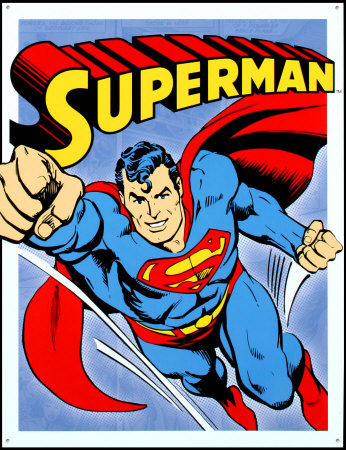
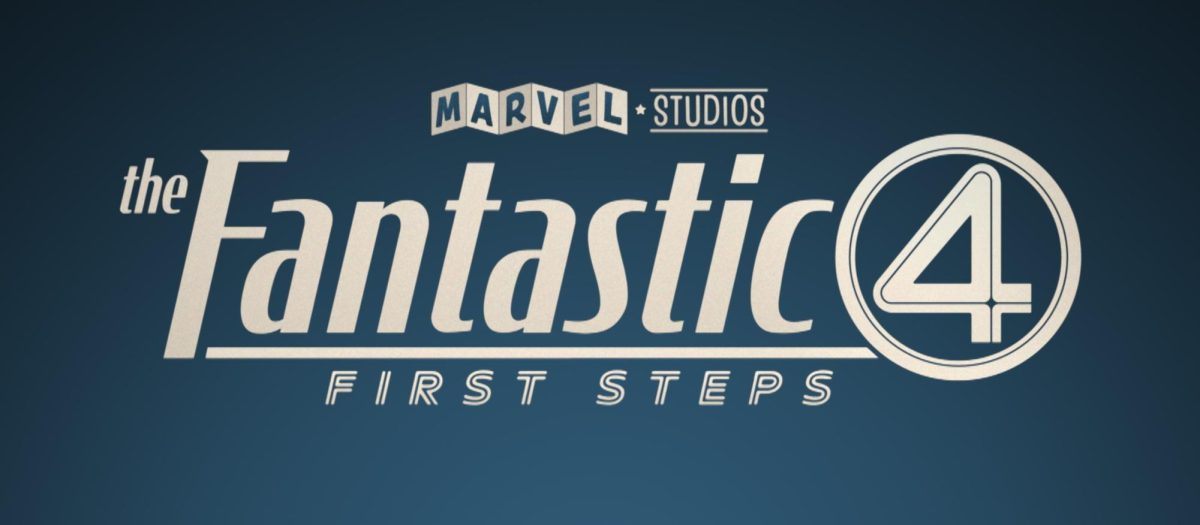











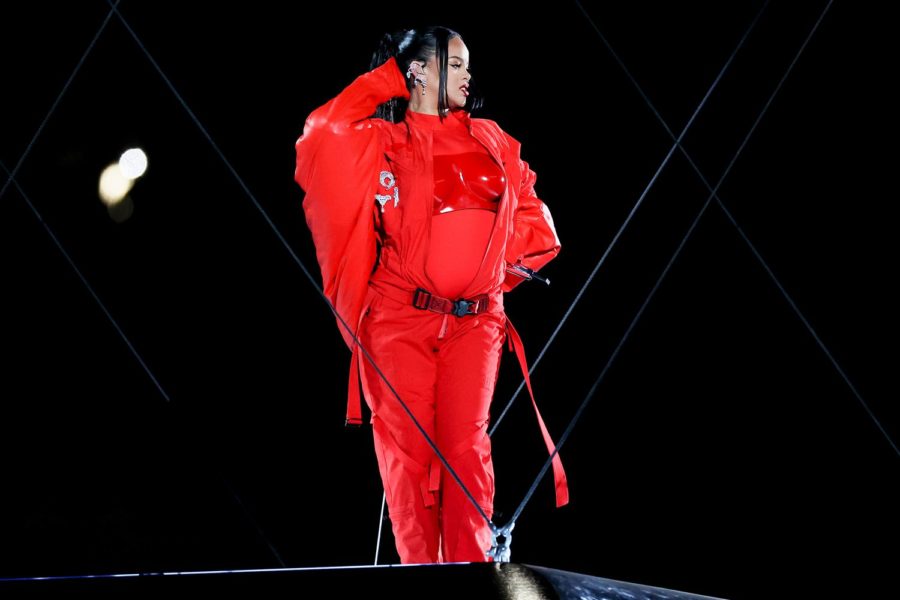






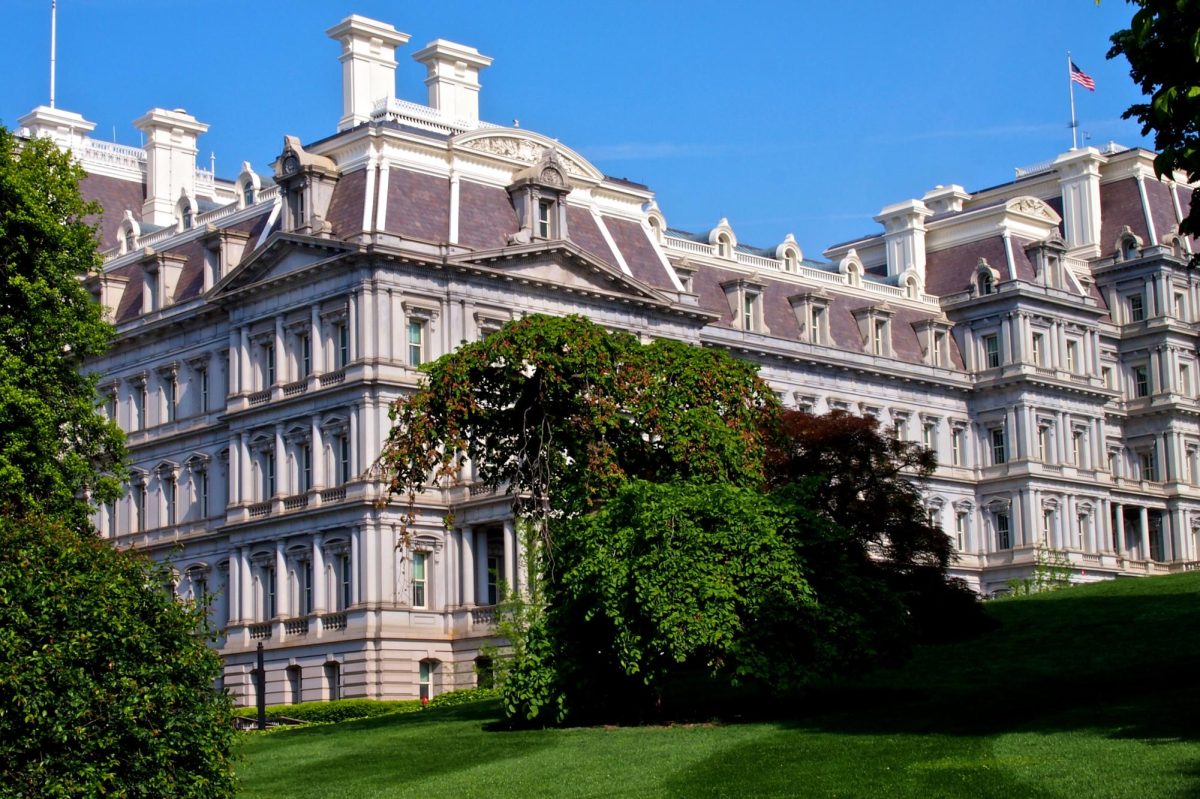



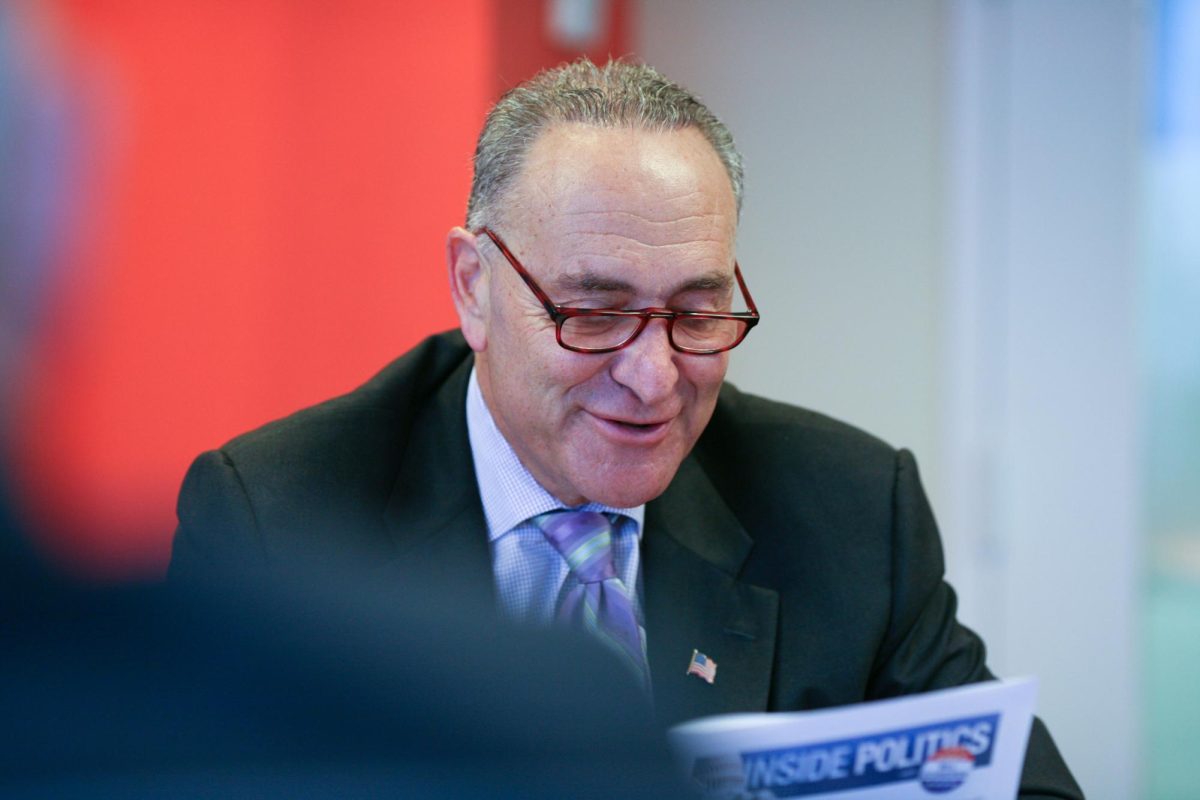
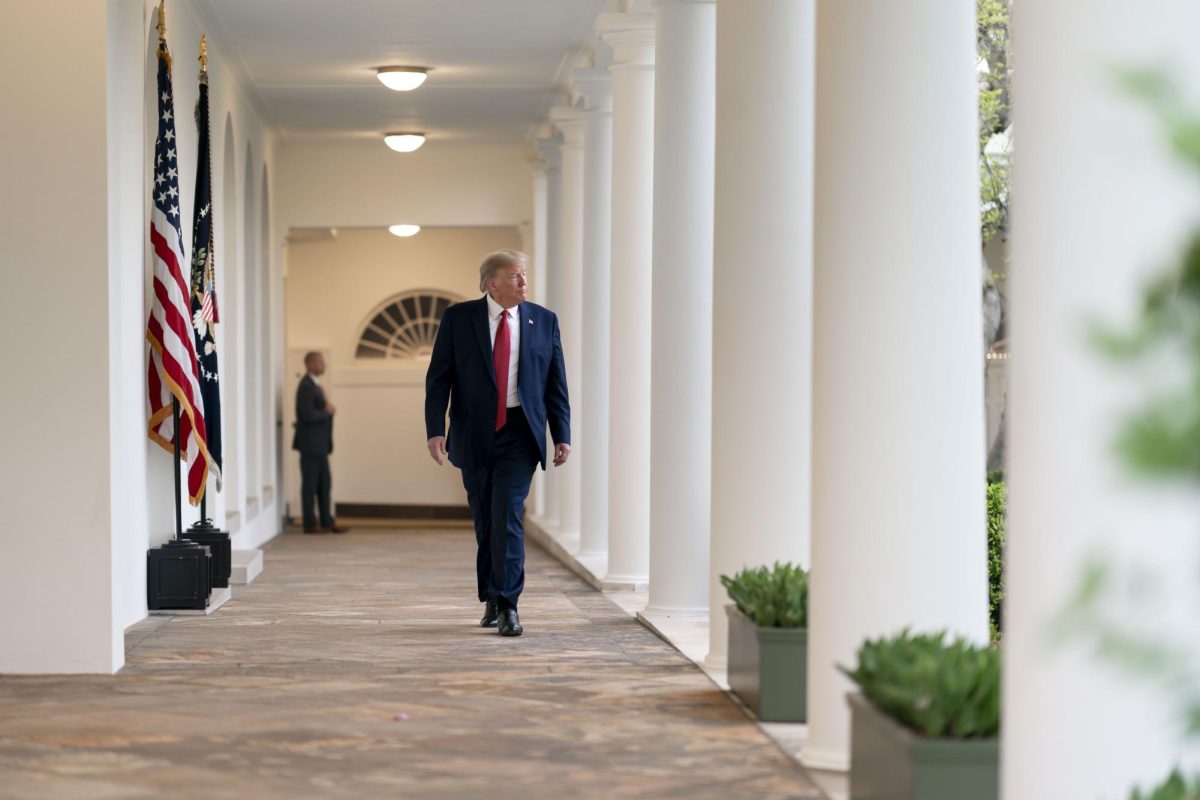
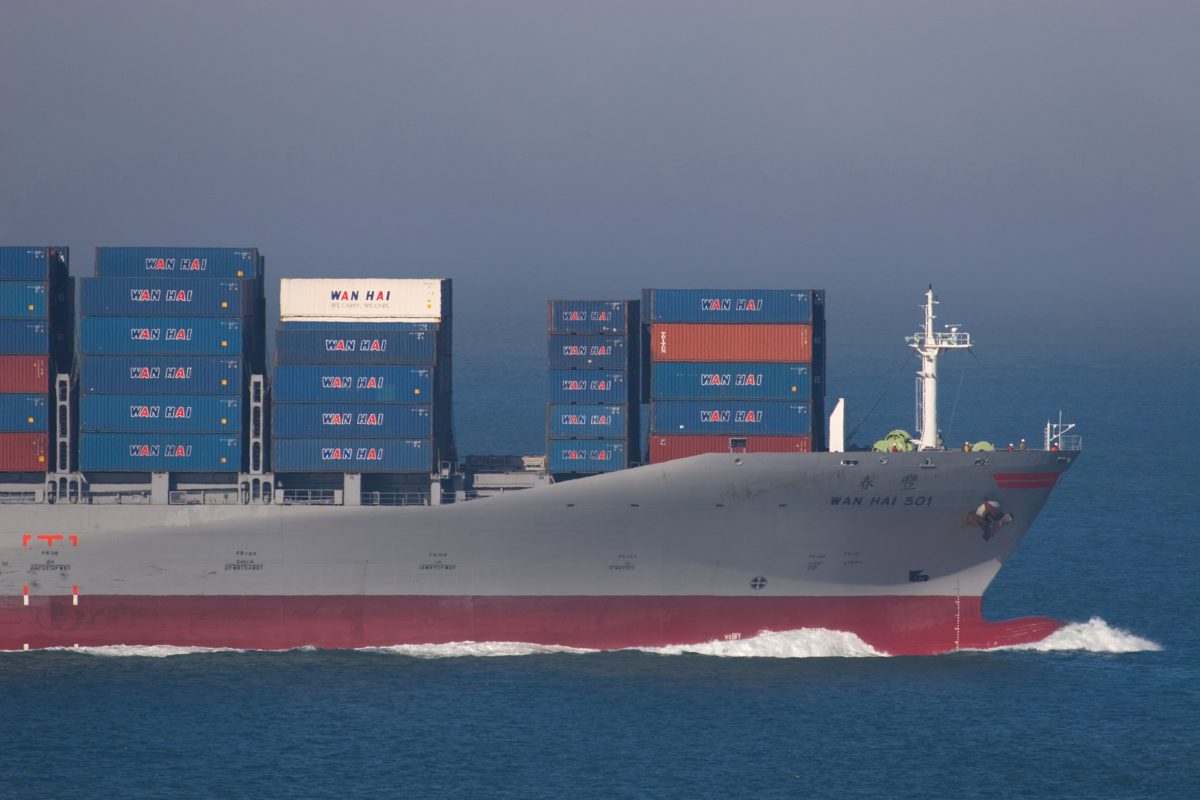

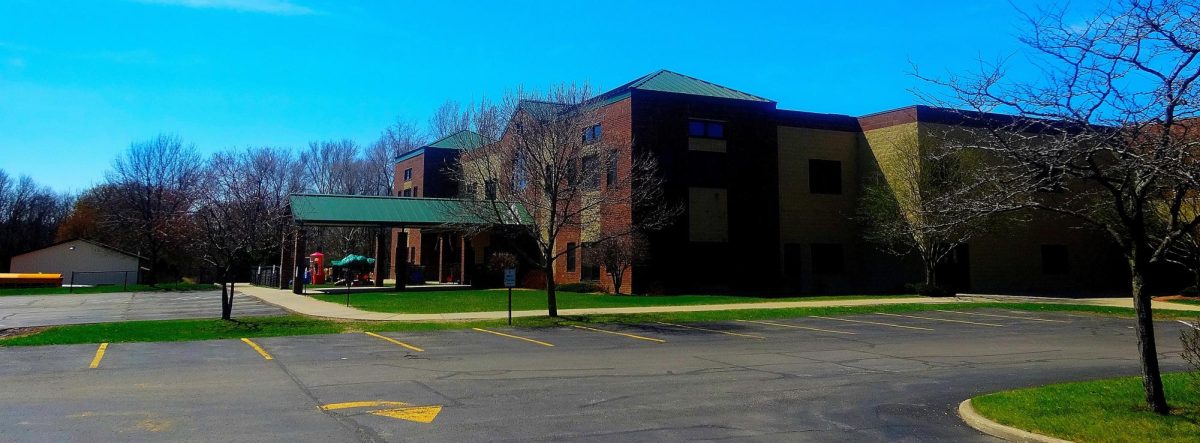
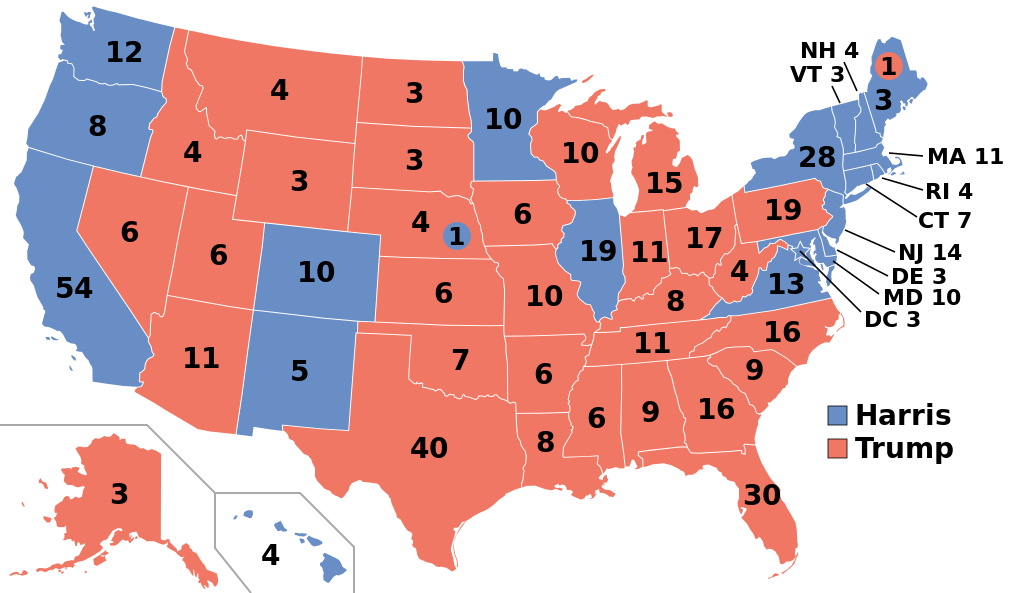
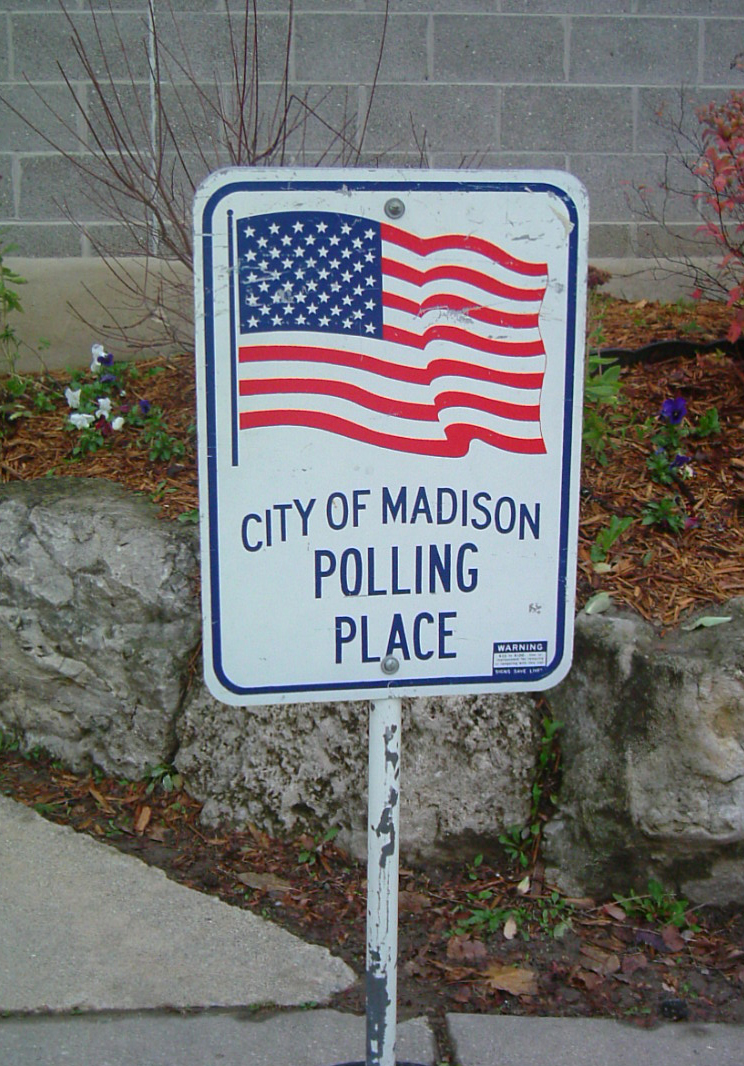






![Image credit to [puamelia]](https://memorialswordandshield.com/wp-content/uploads/2025/08/3435027358_ef87531f0b_o-1200x803.jpg)

